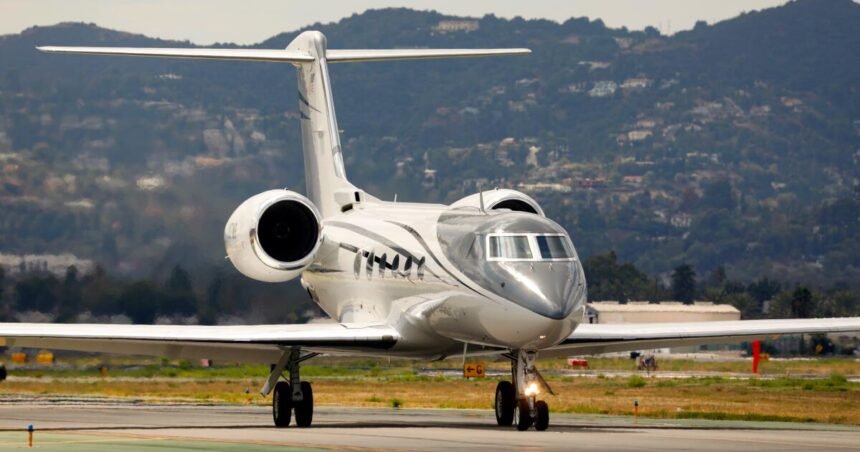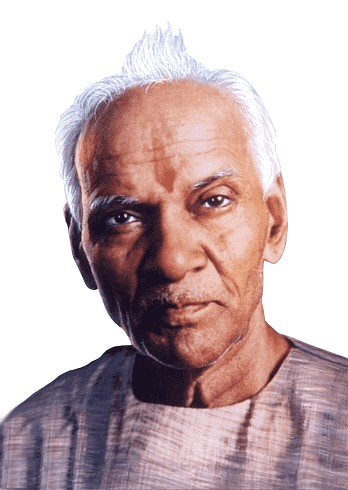Carbon dioxide emissions from private jets have increased by 46% over the past five years, according to a study published Thursday in the journal Nature Communications Earth & Environment.
Researchers analyzed more than 26,000 aircraft and 18 million trips (representing the majority of private flights between 2019 and 2023) and found that more than two-thirds of private jets were located in the United States
“I think [the paper] will serve as a benchmark for future research,” said Christopher Jones, a carbon footprint researcher at the University of California, Berkeley and director of the CoolClimate Network, who was not involved in the work. “They did a very interesting analysis of where people were flying… It’s a very interesting paper – thought provoking.”
The researchers also found that 291 of them were heading to the 2023 COP28 climate conference, releasing a total of 3,800 tons of carbon dioxide.
At the turn of the century, the Federal Aviation Administration pioneered technology that allowed researchers to track private jets, but now the agency is allowing aircraft operators to hide their IDs, potentially making similar research impossible.
“We are very lucky to be able to conduct this study now,” said lead author Stefan Gössling, a professor of tourism studies at Linnaeus University in Sweden. The comprehensive data now available prompted Gosling and his colleagues to conduct the first assessment of global private jet travel.
The study authors said the results point to the need for stronger regulation as the U.S. aims to achieve net-zero greenhouse gas emissions from aviation by 2050.
However, since private jets account for only a small portion of total greenhouse gas emissions, Jones said the issue is ultimately more of a moral concern about wealth inequality than an urgent front in the fight for a carbon-neutral world.
“Their personal carbon footprint … doesn’t add up to as much as you might think,” Jones said. “There’s only so much food, stuff, houses and flights you can take in a year.”
“People get very frustrated when they think about these rich people flying around without regard for their carbon footprint. I think it deserves some attention, but it also probably distracts from some of the bigger issues,” he said.
Air travel emissions disproportionately come from the wealthy. First class seats release five to nine times more carbon than economy class seats.
Private jets – used by just 0.003% of the population – account for almost 2% of the industry’s emissions. Gosling said the worst polluters caused 550 times more pollution in a year than the average person through private jet travel alone.
While the study did not assess the cause of the increase, other research has found that the COVID-19 pandemic played a significant role as wealthy individuals looking to avoid potential exposure to the disease chose private flights over commercial flights.
The study authors also point out that reducing emissions is particularly difficult when economic output and wealth continue to grow.
Weaning planes off carbon-based fuels is much more difficult than cars. Currently, batteries are too heavy to power commercial and private aircraft.
Instead, the FAA says achieving this goal will require developing aircraft technology that emits less emissions, reducing fuel burn through better air traffic management and ultimately investing in carbon capture technology to offset unavoidable emissions.
Gosling said that even though emissions from private aviation account for only a small portion of the total global emissions from all industries, it is still important to hold the super-rich accountable.
“I’ve heard a lot of people say, ‘That’s not even half of Denmark’s annual emissions. It’s small,'” he said.
“But if what the 1% (or the tiny fraction of people who are able to travel on private jets) do is not relevant, then clearly nothing is relevant because everyone else will just point to this small group of people and say , ‘Look, they pollute much more than I do.
Private jet owners and passengers have come under increased scrutiny in recent years.
Many countries require aircraft to publicly broadcast their locations to coordinate air traffic control, which enables companies like FlightAware and private citizens to report the location of specific aircraft and allows scientists to analyze their emissions.
In 2020, a high school student created an automated account on X (then known as Twitter) to track Elon Musk’s private jet. He has also created accounts for Mark Zuckerberg and Taylor Swift.
As a result, social media has been fiercely critical of the billionaires and criticized them for traveling too much. During the 2024 Super Bowl, X users followed the drama as Swift traveled from an exhibition game in Tokyo to a Las Vegas stadium (after a layover at Los Angeles International Airport), just 14 hours apart.
The last Super Bowl attracted 200 private jets to the Phoenix area, according to the new study. The Cannes Film Festival attracted nearly 650 spectators and the FIFA World Cup attracted more than 1,800 spectators.
It’s also not uncommon for the Jets to attend multiple events. Two Super Bowl spectators also attended COP28, and 61 planes participating in the climate conference also flew to Cannes.
The increased attention and visibility of private jets has led to a backlash from passengers.
Both Musk and Swift’s teams have threatened legal action against Jet Tracker inventor Jack Sweeney for violating their privacy.
To protect privacy, the FAA launched a new feature in 2019 that allows U.S.-registered aircraft to hide their identities.
The measure – if adopted en masse by private jets – could prevent scientists like Gosling from determining what type of aircraft it is – the type researchers need to calculate carbon dioxide emissions.
The study authors said that as of April, 283 aircraft were currently concealing their identities, accounting for about 1% of the private jet fleet.
But Sweeney remained undeterred, linking certain planes to celebrities by evaluating their paint jobs, adjusting flight routes based on public schedules and looking for loopholes in the FAA’s privacy practices. “Simply put, it won’t…stop tracking,” he wrote on X.
communication
Towards a more sustainable California
Get Boiling Point, our newsletter on climate change, energy and the environment, and become part of the conversation and solutions.
From time to time you may receive promotional content from the Los Angeles Times.

